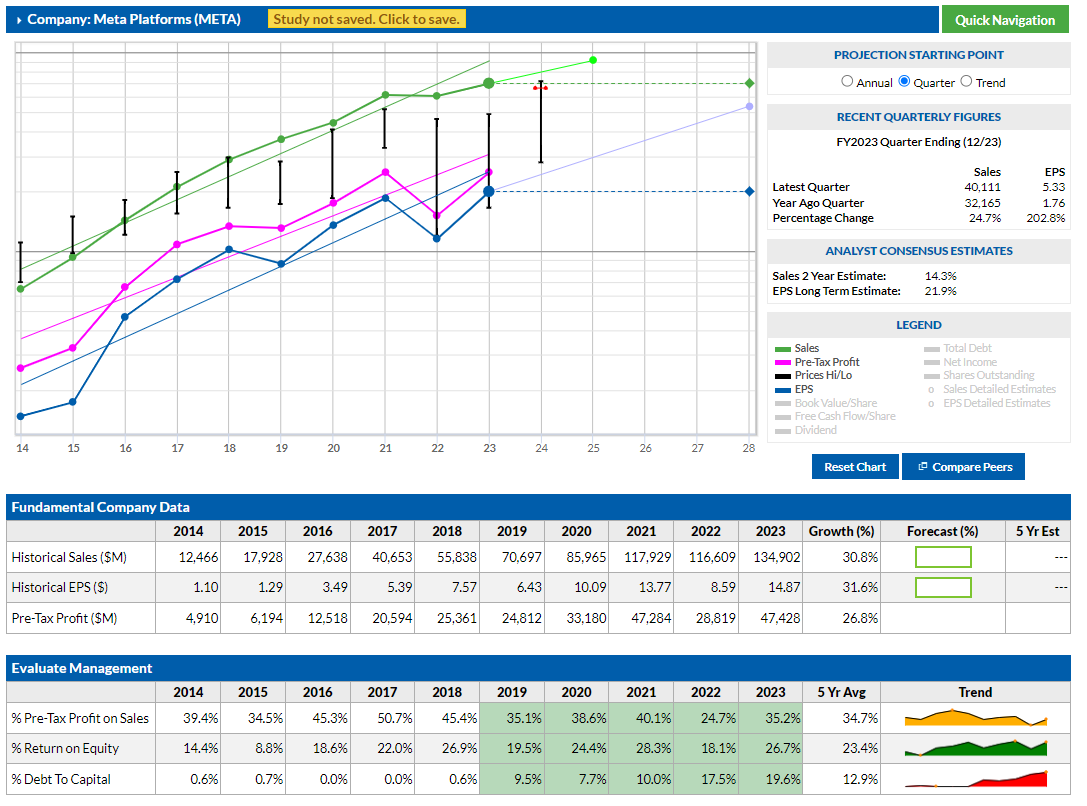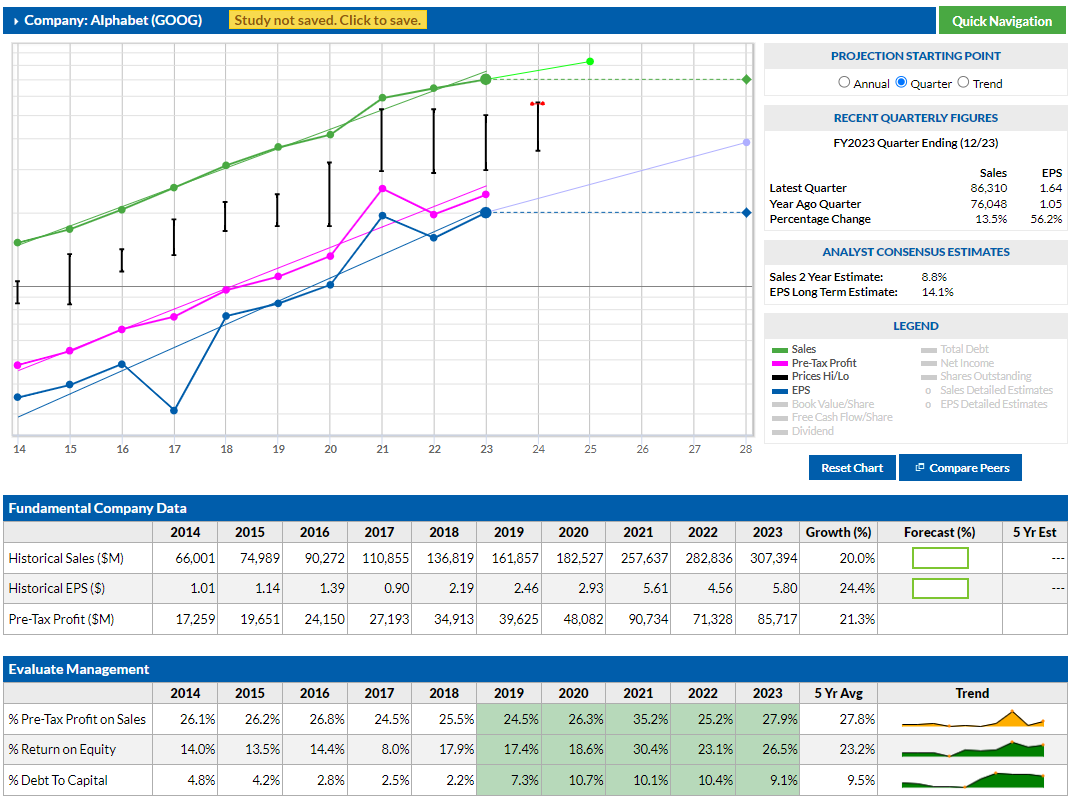Here is a detailed breakdown of Apple Inc.'s revenues and net earnings for the fiscal years 2015 to 2025, followed by a summary of the Compound Annual Growth Rate (CAGR).
**Important Note on Fiscal Years:** Apple's fiscal year ends on the last Saturday of September. For simplicity, the data is presented by fiscal year (e.g., FY2024 ended September 28, 2024). Data for FY2015-FY2024 is actual, while FY2025 is based on analyst consensus estimates.
---
### **Apple's Revenue and Net Earnings (FY2015 - FY2025E)**
All figures are in USD millions. Data for FY2015-FY2024 is sourced from Apple's official annual reports (10-K filings). **Data for FY2025 is based on the current consensus analyst estimates.**
| Fiscal Year | Revenue ($ millions) | Net Earnings ($ millions) |
| :---------- | :------------------- | :------------------------- |
| **FY2015** | $233,715 | $53,394 |
| **FY2016** | $215,639 | $45,687 |
| **FY2017** | $229,234 | $48,351 |
| **FY2018** | $265,595 | $59,531 |
| **FY2019** | $260,174 | $55,256 |
| **FY2020** | $274,515 | $57,411 |
| **FY2021** | $365,817 | $94,680 |
| **FY2022** | $394,328 | $99,803 |
| **FY2023** | $383,285 | $96,995 |
| **FY2024** | $385,705 | $104,207 |
| **FY2025 (Est.)**| ~$408,000 | ~$108,500 |
**Key Context for the Data:**
* **FY2015-FY2016: The iPhone Peak & Trough.** FY2015 was a massive year driven by the successful iPhone 6 cycle. FY2016 saw a dip as the upgrade cycle slowed, showing the initial maturing of the smartphone market.
* **FY2017-FY2020: Steady Evolution.** A period of more modest, stable growth. The company began emphasizing its high-margin Services segment (App Store, Apple Music, iCloud) and the wearables category (Apple Watch, AirPods) to diversify beyond the iPhone.
* **FY2021-FY2022: The 5G Super Cycle.** The launch of the first 5G iPhones, combined with work-from-home demand, triggered the largest revenue and profit growth in company history.
* **FY2023-FY2024: Post-Pandemic Normalization.** Revenue slightly declined in FY2023 due to macroeconomic pressures, supply chain constraints, and a tough comparison to the 5G super cycle. FY2024 showed a return to slight revenue growth and a new record for net earnings, driven by a resilient Services segment.
* **FY2025 (Est.): The AI iPhone Cycle.** Analysts project a return to more solid growth, fueled by the anticipated launch of iPhones with deeply integrated on-device AI capabilities, which is expected to spur a significant upgrade cycle. Continued strong performance in high-margin Services is also a key driver.
---
### **Summary of CAGR (2015 to 2025E)**
The Compound Annual Growth Rate (CAGR) provides a smoothed annual growth rate over the specified period.
**Period:** From the end of **Fiscal Year 2015** to the end of **estimated Fiscal Year 2025** (a 10-year period).
* **Revenue CAGR (FY2015 to FY2025E):**
* Starting Value (FY2015): $233,715 million
* Ending Value (FY2025E): ~$408,000 million
* Number of Years: 10
* **CAGR = ~5.7%**
* **Net Earnings CAGR (FY2015 to FY2025E):**
* Starting Value (FY2015): $53,394 million
* Ending Value (FY2025E): ~$108,500 million
* Number of Years: 10
* **CAGR = ~7.3%**
### **Conclusion**
Over the ten-year period from FY2015 to the projected FY2025, Apple's financial story is not one of hyper-growth but of **massive scale, incredible resilience, and strategic maturation.**
* The **Revenue CAGR of approximately 5.7%** must be viewed in the context of Apple's enormous starting base of over $230 billion. Adding nearly $175 billion in revenue over a decade is a feat few companies could achieve, demonstrating its ability to continue growing its installed base and monetize it effectively.
* The **Net Earnings CAGR of ~7.3%** outperforming revenue growth is the key takeaway. It highlights Apple's masterful execution of its strategic shift. By growing its high-margin Services business and maintaining premium pricing power for its hardware, the company has successfully increased its overall profitability, turning every dollar of revenue into more profit over time.
This performance underscores Apple's transition from a product-driven growth company to a resilient, cash-generating ecosystem. Its ability to consistently monetize a loyal user base through both hardware upgrades and recurring services has allowed it to deliver steady profit growth even as its top-line growth has moderated.
***Disclaimer:*** *This information is for illustrative purposes only. Data for FY2015-FY2024 is historical. Data for FY2025 are analyst estimates and are not guaranteed. This is not financial advice. Investing in the stock market involves risk, including the possible loss of principal.*










